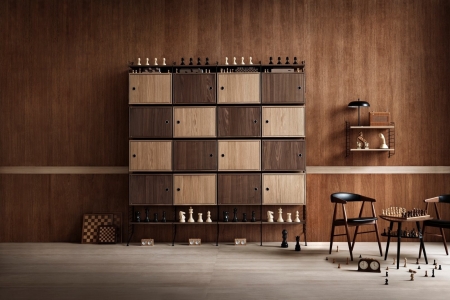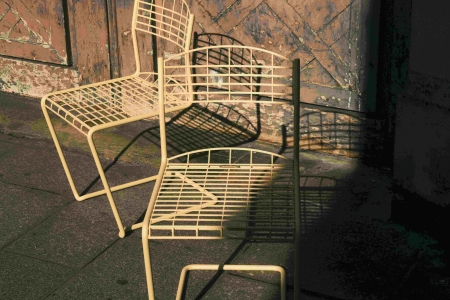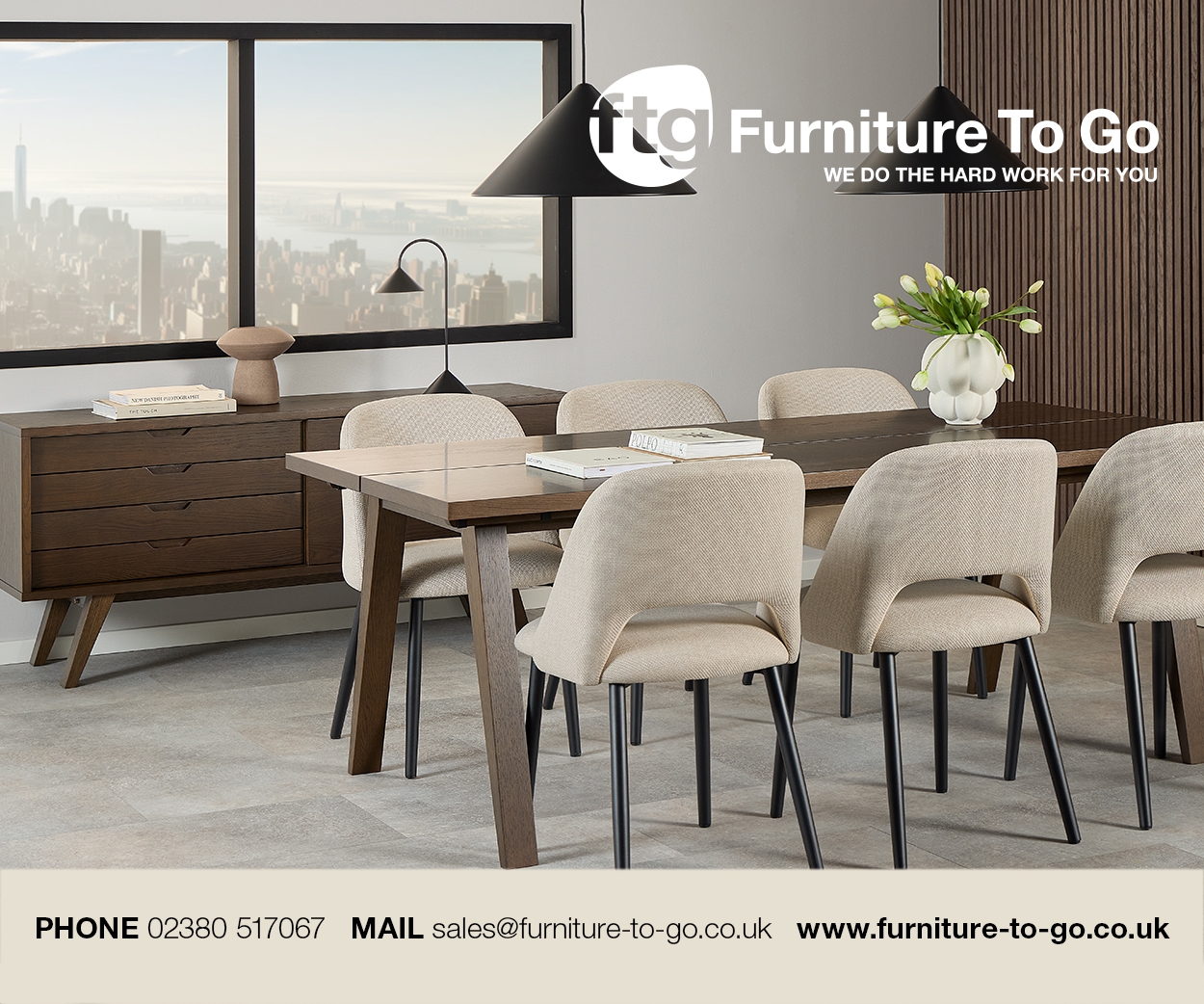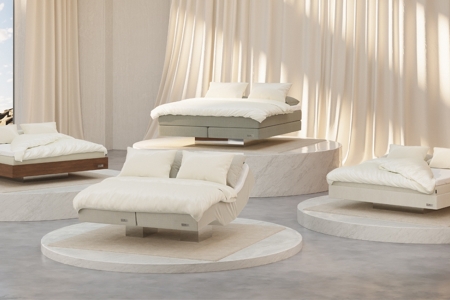Swedish design has long received recognition and, as a style revered amongst homeowners and designers, continues to gain momentum in 2025, writes London-based agency PuRe PR – which interviewed Bo Hellberg, CMO at both String Furniture (a Scandinavian design icon since 1949) and Grythyttan Stålmöbler (a Swedish outdoor furniture expert since 1895), to find out more about the appeal of this popular look …
Over the last year, Google Trends has reported the search term 'Scandinavian Design' has increased by +5000%. Truly emerging at the 1930 Stockholm Exhibition, its design style became aligned with modernism, a streamlined aesthetic, lightness and functionalism. But, as it gained global recognition, it has long been associated purely with 'minimalism'.
We put our questions around Swedish design – its history, heritage, common misconceptions and why it is continuing to gain momentum in 2025 and 2026 – to Bo …
How would you define Swedish design? Why is it having a moment right now?
Modern Swedish design can be traced back to the late 18th century when King Gustav III popularised a minimalist version of European Neoclassicism, featuring pine furniture and bare wood floors, reflecting a desire for simplicity and natural elements. It continued into the 1830s with a version of Biedermeier style, characterised by spare, blond-wood furniture.
But Swedish design truly emerged at the 1930 Stockholm Exhibition, which was a pivotal moment, showcasing modern and streamlined aesthetic, light-filled interiors and functional furniture, epitomising the essence of Swedish design as we know it today.
Swedish design continues to evolve, blending heritage with contemporary influences. It embraces sustainability, social responsibility, and inclusivity, reflecting Sweden’s commitment to environmental and social issues.

String Furniture
I think Swedish design is being noticed because of all the reasons above, and Swedish designers continue to create innovative, visually appealing solutions that cater to the needs of individuals and society.
Swedish design often comes under the broader term, 'Scandi' design. Are there any differences? What distinct values does Swedish design hold?
'Scandi' design is a very broad term, as you point out. Generally speaking, it would be clean but warm, with a calming nature of a large, light-filled space without any clutter.
At a glance, much of the modernist and functionalist 'Scandi design' that emerged in the 1930s until the 50s looks quite similar. What sets Swedish design apart is the more pronounced innovation in design, material and manufacturing ('Scandi design' tends to gravitate towards tradition, both in design and craft).
There is also a more pronounced democratic philosophy in Swedish design, and it’s been at the forefront of sustainability for a long time.
What are the common misconceptions?
When it comes to Scandi design, there’s often a big misconception – ‘minimalism.’ Although there are parallels, the region’s style is more than just understated, neat, and necessary. Equally essential as pure function is beauty that draws inspiration from Nordic nature – which isn’t just pale birch trees and blankets of snow. Consider the wildflower garlands that adorn heads, maypoles, and tabletops during Midsommar, the Swedish celebration of the summer season and the longest night of the year.
IKEA is often known as a key ambassador of Swedish design. What other brands would you say have played a crucial role in defining the history of Swedish design?
Brands that played a key role in Swedish design would be Svenskt Tenn (Josef Frank), Kasthall, Bruno Mathson, Carl Malmsten, Axel Einar Hjorth, Kosta Boda, Swedese and obviously Dux. For obvious reasons, I’d put String (Nisse Strinning) in the mix too. All of those have informed, educated and inspired Swedish designers and design that we see today.
Swedish culture places a strong emphasis on sustainability and eco-conscious production. How are Swedish designers global frontrunners in sustainability, and what are the big things to look out for in 2026?
I’d say that Swedish designers very often start their process with material and sustainability in mind, both in manufacturing as well as product lifespan. Center Center by Form Us With Love is a good example, a modular system for retail and offices, that can be reconfigured endlessly or recycled.

Grythyttan Stålmöbler
Swedes are also at the forefront of how interiors and furniture affect our wellbeing for example, companies like Baux, world-leading in sustainable acoustic absorbers.
Equally exciting is colour psychology, where designers and institutions like NCS will take centre stage as brands and embrace the power of dopamine decor. And we’ll continue to see more biodegradable and energy-efficient materials – there is also a fascinating evolution of how AI is transforming interiors.












